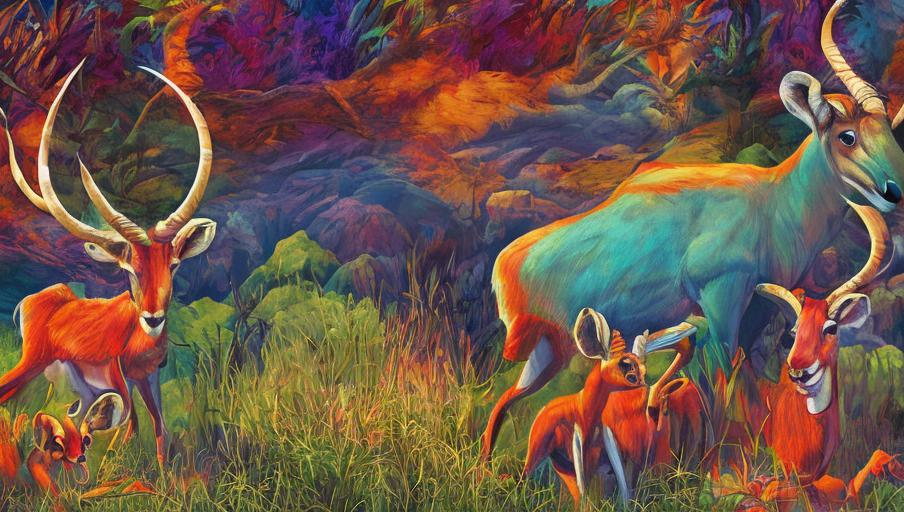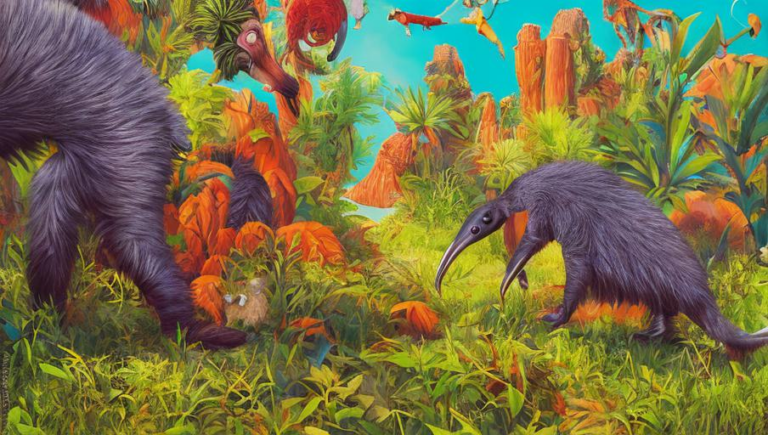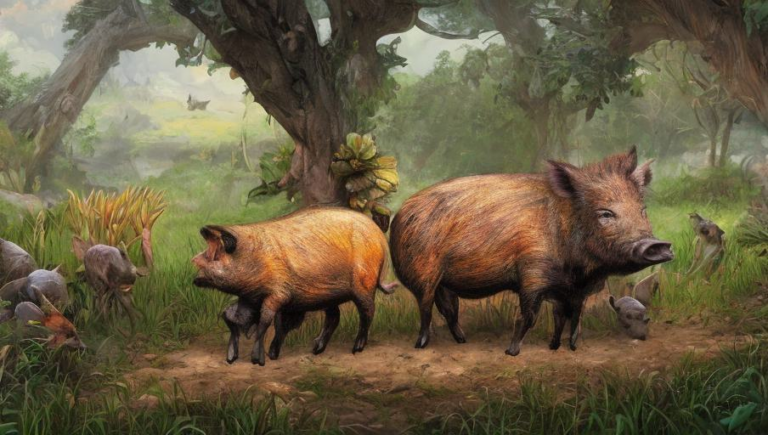Wild Antelopes: An Overview

Introduction
Antelopes are among the most recognizable and beloved animals in the wild. They can be found in a variety of habitats, including grasslands, deserts, and mountains. They are also one of the most diverse species, with over 90 species in the family. Antelopes have a unique and fascinating behavior, which makes them very popular with both human and non-human observers.
Physical Characteristics
Antelopes come in a variety of shapes, sizes, and colors. They are typically slender and have long legs and necks. They can be from two to seven feet in height and weigh from 60-900 lbs. depending on the species. The horns of antelopes are also quite distinctive, with many species having long, curved horns that can reach up to two feet in length.
Behavior and Habits
Antelopes are generally diurnal animals, which means they are active during the day and rest at night. They are very social creatures, often living in herds of up to 30 individuals. These herds are not only beneficial for protection, but also for cooperative feeding, mating, and migration. Antelopes are also known to be fast runners, with some species capable of reaching speeds of up to 60 mph.
Diet and Predators
Antelopes primarily feed on grasses and other plant material. They have also been known to eat small insects and some fruits. The primary predators of antelopes are lions, hyenas, cheetahs, and leopards.
Conservation Status
Unfortunately, many antelope species are threatened due to human activities such as habitat destruction, hunting, and poaching. Several species are classified as endangered, such as the Saiga antelope and the Giant Eland. Conservation efforts are currently underway to help protect and preserve these species.
Conclusion
Antelopes are an amazing part of the natural world and deserve to be protected. With the right conservation efforts, we can ensure that these incredible creatures will be around for future generations to enjoy.





